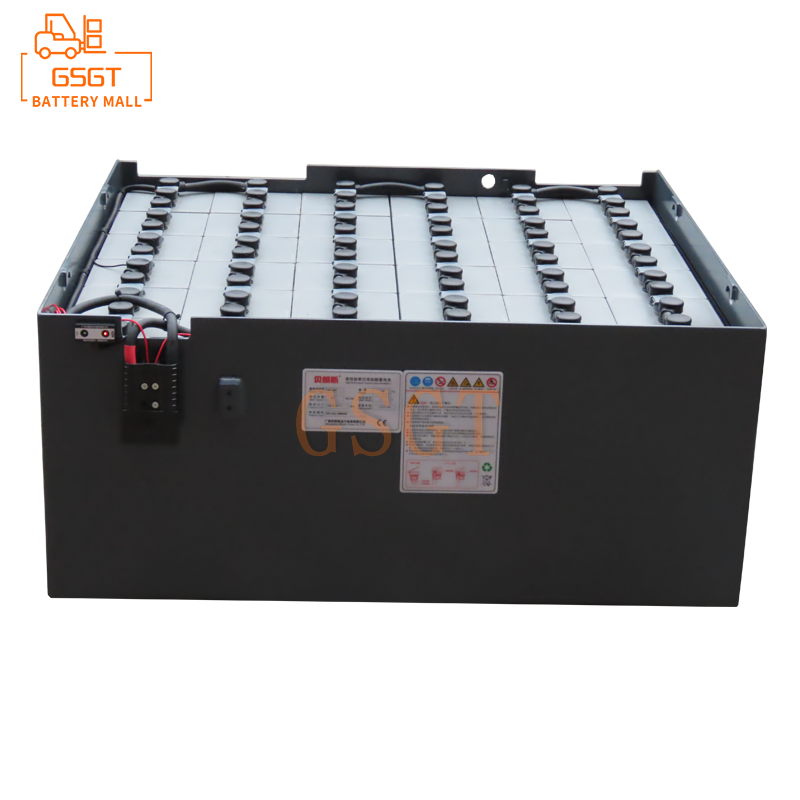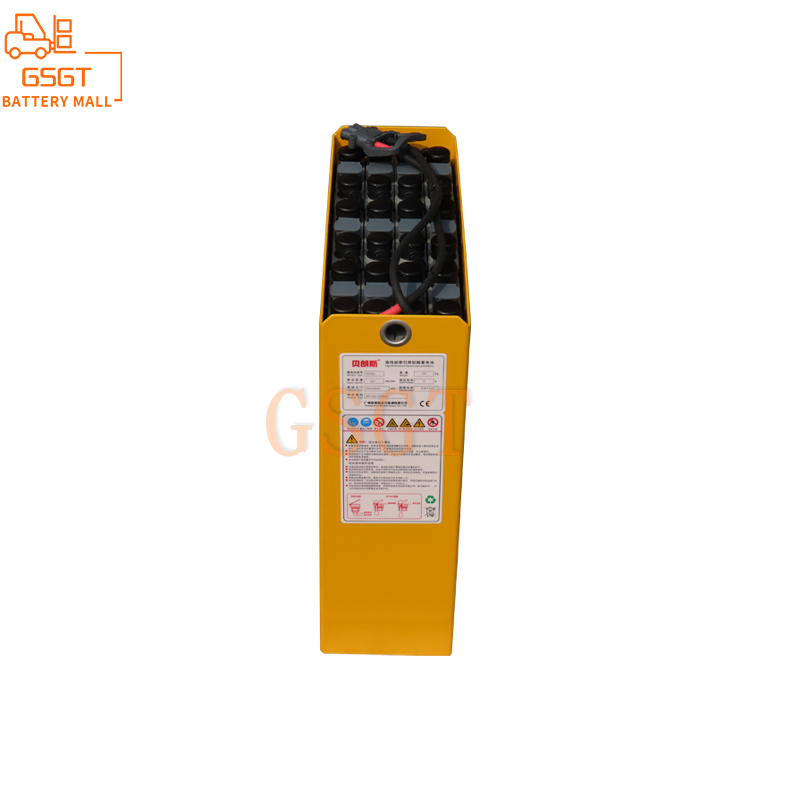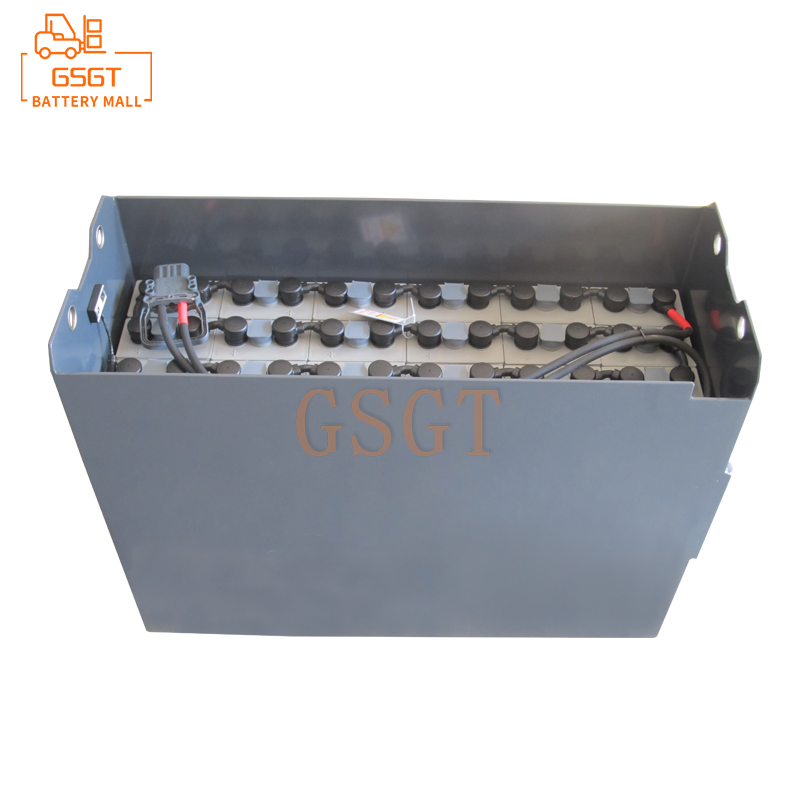Time:2025-04-10 09:40:55
Browse:695
In the modern society we live in, lead-acid batteries can be said to be everywhere. The strong power when the car starts, the power supply at key moments guaranteed by UPS, and the convenient travel brought by electric bicycles are all attributed to lead-acid batteries. From daily travel to all aspects of industrial production, it has steadily occupied an important position. In order to deeply understand the performance of lead-acid batteries, master maintenance skills and insight into the future direction of development, its charge and discharge principle is the key "key", next, let us in-depth analysis of the mystery behind this.
The structural basis of lead-acid batteries
Lead-acid batteries are mainly composed of several key parts, including positive plate, negative plate, electrolyte, separator and battery tank. The active substance on the positive plate acts as a powerful "oxidant" and plays an important role in the subsequent battery reaction. The active substance of the negative plate is like a group of active "electron donors", which is chemically active and easy to lose electrons in the reaction. The electrolyte generally uses dilute sulfuric acid solution, which plays a crucial role in the battery, like an "ion highway", providing a smooth channel for the conduction of ions inside the battery, and in the chemical reaction of charge and discharge, it is also actively involved. The partition is between the positive and negative plates, and its mission is to prevent the positive and negative plates from accidentally touching each other to cause a short circuit, while allowing ions to pass smoothly to ensure the normal operation of the "ion traffic" inside the battery. The battery tank is like a strong "fortress" to accommodate the plate, electrolyte and separator and other components, it must have good acid resistance, will not be corroded by the electrolyte; Also have excellent insulation to ensure that the electricity will not "run off"; And it should have sufficient mechanical strength to ensure that the battery can run stably.
Chemical reaction of the discharge process
When the lead-acid battery is connected to the external load and starts the discharge journey, the internal battery is like opening a lively "chemical party". Here on the negative plate, the active substances on the negative plate are like a generous "electron donor", they have released electrons, and they have changed. These changed substances immediately combine with the components of the surrounding electrolyte to form a new substance that settles on the negative plate.
And on the positive plate, things are just as good. The active material on the positive plate is like a group of "electron collecting enthusiasts", which collects electrons from the external circuit and changes itself accordingly. The changed product also combines with the relevant components in the electrolyte to form another precipitating substance on the positive plate.
From the perspective of the reaction of the positive and negative electrodes, when the whole battery is discharged, the original active substances on the positive and negative plates slowly become new precipitating substances, and at the same time, the original components in the electrolyte are constantly consumed, resulting in new substances. As the discharge continues, there are more and more precipitated substances on the positive and negative plates, less and less active substances, and the inside of the battery is like being blocked by the "traffic main road", the internal resistance gradually increases, and the output voltage is also lower and lower. When the voltage is low to a certain extent, the battery can no longer provide enough electricity for the load, at this time, the battery comes to the end of the discharge.
The chemical reaction of the charging process is reversed
When you charge a lead-acid battery, it's like pushing the rewind button on this "chemistry party." The external DC power supply inputs power to the battery, which starts the chemical reaction inside the battery that is the opposite of the discharge process.
On the negative plate, the precipitated material formed during the previous discharge begins to change, and it returns to the original active material form of the negative plate, at the same time, the components that were originally bound together are separated, and some of them return to the electrolyte.
On the positive plate, the previously formed precipitated material also began to "transform". It first underwent a change, generated some new substances and components, some of these new components attached to the positive plate, changed back to the positive plate's original active substances, and some also entered the electrolyte.
The charging process is actually the reverse operation of the discharge process. Through the action of the external power supply, the active substance consumed during discharge is generated again. At the same time, the components in the electrolyte gradually change back to the original state, the concentration of the relevant components increases, the battery's electrical energy is re-stored, and the voltage is slowly increased until the voltage value of the end of the charge is reached. At this time, the battery is fully charged, the active substance is basically back to the original state, and can be put into use again to open the next round of charge and discharge cycle.
Factors affecting charge and discharge
Electrolyte concentration
The concentration of sulfuric acid in the electrolyte has a significant effect on the charge-discharge performance of lead-acid batteries. Within a certain range, increasing the concentration of sulfuric acid is like adding strength to the battery's "energy engine", which can make the battery produce a higher electromotive force, and the battery can release more electricity when discharged, and the efficiency will be improved. However, if the concentration of sulfuric acid is too high, it is like adding inappropriate fuel to the engine, which will accelerate the loss of active substances on the positive plate, greatly shorten the service life of the battery, and may also cause some problems on the negative plate, resulting in an increase in the internal resistance of the battery. On the other hand, if the concentration of sulfuric acid is too low, the chemical reaction inside the battery is like no vitality, and there is no way to fully release energy, which will make the battery insufficient and the output voltage will be reduced. In general, automotive lead-acid batteries, the concentration of the electrolyte to keep in a certain range is more appropriate, of course, different types of lead-acid batteries for different scenarios, the most suitable concentration of the electrolyte will be somewhat different.
Temperature condition
Temperature also has a significant effect on the charging and discharging performance of lead-acid batteries. At low temperatures, the electrolyte is like being "frozen hands and feet", becoming sticky, and the speed of ions moving in it slows down, and the chemical reaction inside the battery slows down. This causes the internal resistance of the battery to increase, the amount of electricity that can be released when discharged is less, and it is difficult to start. For example, in the cold winter, the lead-acid battery of the car may not start smoothly. In a high temperature environment, although the chemical reaction speed inside the battery is accelerated, the initial battery discharge may increase a little, but this also brings a lot of problems. High temperature will accelerate the loss of positive plate, so that the water in the battery is quickly lost, shorten the service life of the battery. What's more, high temperatures may also cause thermal runaway of the battery, which will cause battery damage and may even cause safety accidents. Under normal circumstances, the most suitable operating temperature of lead-acid batteries is about 25 ° C. In actual use, we need to adjust the charge and discharge parameters of the battery according to the change of the ambient temperature, or take some temperature control measures for the battery, so as to ensure the stable performance of the battery.
Charge and discharge current
The charge and discharge current is directly related to the charge and discharge time and service life of lead-acid battery. When the discharge current is too large, the chemical reaction inside the battery is like being pressed the fast forward button, and the speed becomes very fast. This will make the surface of the plate quickly produce a large number of precipitated substances, these precipitated substances can not be evenly distributed, it is easy to form large particles on the surface of the plate crystallization, blocking the small holes on the plate. In this way, the contact area between the electrolyte and the active substance on the plate becomes smaller, the internal resistance of the battery increases, the amount of electricity that can be released during discharge will be reduced, and the service life of the battery will be shortened. During the charging process, if the charging current is too large, a large amount of gas will be generated inside the battery, resulting in the loss of water in the electrolyte, and the battery may overheat and damage the plate. On the contrary, if the charging and discharging current is too small, although the damage to the battery will be smaller, the charging and discharging time will become very long, and the efficiency of use is very low. Therefore, in actual use, we should choose the appropriate charge and discharge current according to the capacity and use needs of the battery. In general, it is recommended that the charging current be controlled within a certain proportion of the battery capacity, and the discharge current should not exceed the maximum current that the battery can withstand.
Application and development of lead-acid battery charging and discharging principle
Based on the thorough understanding of the charge and discharge principle of lead-acid battery, many practical techniques and strategies have been developed in practical application. In terms of charge management, in order to achieve an efficient, safe charging process that does not harm battery life, intelligent charging algorithms have been developed. For example, the three-stage charging method is used to charge the battery with a constant current first, so that the battery power rises quickly; When the battery voltage reaches a certain value, it enters the constant voltage charging stage, then the charging voltage remains unchanged, the current gradually becomes smaller, so that the battery is further full; Finally, the floating charging stage is entered, and the battery is supplemented with a relatively low voltage, which can not only keep the battery fully charged, but also compensate for the power consumed by the battery itself, greatly extending the service life of the battery.
In the field of battery maintenance, a series of maintenance technologies have been developed according to the plate problems that may occur during charging and discharging. For example, the battery is regularly deeply charged and discharged, which can eliminate the accumulation of precipitated substances on the plate and restore the performance of the active substances on the plate; There is also the use of pulse repair technology, to apply a specific frequency and intensity of pulse current to the battery, the large particles on the plate to break the precipitation material, reduce the battery internal resistance, improve the battery performance.
Looking forward to the future, with the continuous progress of science and technology, the research on the principle of charge and discharge of lead-acid batteries is also continuing to deepen, in order to further improve its performance and expand its application range. On the one hand, researchers are trying to develop new electrode materials and electrolyte formulations, hoping to improve the energy density of the battery, so that the battery can store more energy, improve the efficiency of charging and discharging, and extend the number of times the battery is used. For example, try to use a new type of lead alloy as the plate material to optimize the structure of the plate, so that the plate is more corrosion resistant and better conductive performance; Develop new electrolyte additives to improve the ion transport performance in the electrolyte and make the electrolyte more stable. On the other hand, combined with the development needs of emerging fields such as smart grid and distributed energy, in-depth research on the performance of lead-acid batteries under complex charge and discharge conditions, and the development of a more accurate battery management system (BMS). This system can monitor the charging and discharging process of the battery in real time and carry out intelligent control to ensure that the battery can operate safely and efficiently in various application scenarios, and inject new vitality into the sustainable development of lead-acid batteries in the field of energy storage.
The charge and discharge principle of lead-acid battery is the core basis of its performance and application. Through in-depth exploration of its structural composition, charge and discharge chemical reaction process, influencing factors and development in practical applications, we can not only better understand and use this important energy storage equipment, but also provide strong support for its technological innovation and performance improvement, so that it will continue to shine in the future energy storage and conversion field.

$3810

$4045

$1270

$2040

MESSAGE
Professional And Efficient
Security
Affordable Price
Professional Services